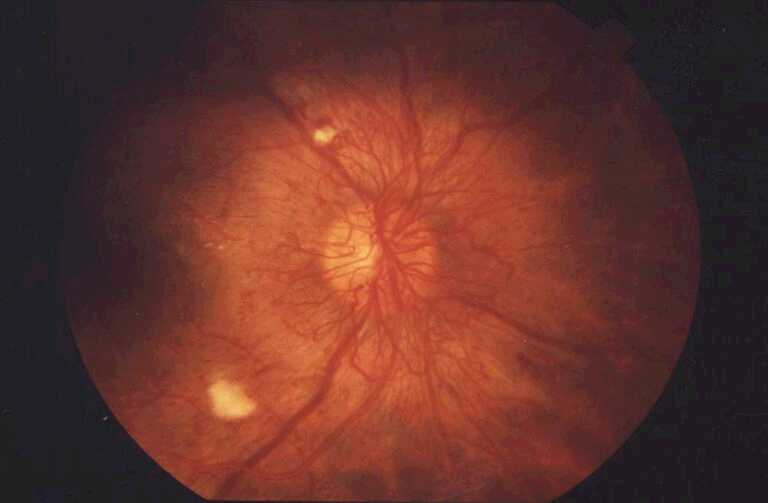
Is vision loss due to diabetes significant? It appears so. According to an August 23, 2016 article published in the Diabetes Care journal, diabetes is one of the main causes of rising vision loss in the world.
The analysis was performed by a consortium of researchers at the Vision and Eye Care Unit of Anglia Ruskin University, Cambridge in the United Kingdom and at Nova Southeastern University’s (NSU) College of Optometry in Fort Lauderdale/Davie, Florida.
The study was conducted over a 20-year period beginning in 1990. What the authors found was that in 20 years i.e. by 2010, there was a 64% increase in people who were mildly or severely vision impaired due to diabetes. In addition, in the same time period, there was a 27% increase in totally blind people due to diabetic retinopathy.
According to the survey, the largest number of blind people due to diabetic retinopathy, were found in South Sub-Saharan Africa, East Asia, and tropical Latin America. Similarly, the highest number of people who are visually impaired due to diabetic retinopathy were found in North Africa, South Asia, West Sub-Saharan Africa, and South Asia.
In the age group above 50, increased visual impairment was observed in Tropical, South, and Central Latin America. The only places that showed a reduction in vision impairment were Oceania, West and East Sub-Saharan Africa, and Southeast and South Asia. Blindness rates due to diabetic retinopathy increased in Southern Latin America, Central and South Sub-Saharan Africa.
This disturbing rise in vision loss requires serious attention in light of the health burden on nations. Since it is difficult to detect symptoms of diabetic retinopathy in the initial stages, the authors suggest that people who have diabetes should go for a dilated eye exam each year. Based on the advice and recommendations of their family physician, diabetic individuals could control their levels of blood sugar.
The authors also suggest enhanced changes to public policy that incorporates improved treatment strategies (intra-vitreal injections of anti-VEGF drugs and steroids); improved awareness and education, control of the high-risk factors for diabetes; and improved strategies to screen and manage the vision in diabetic patients.
